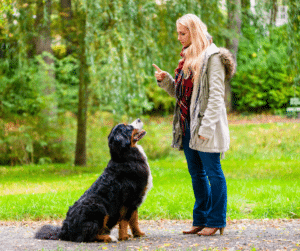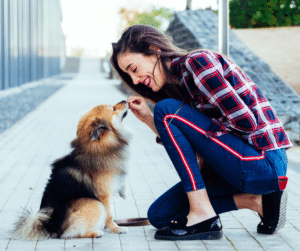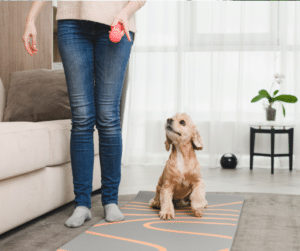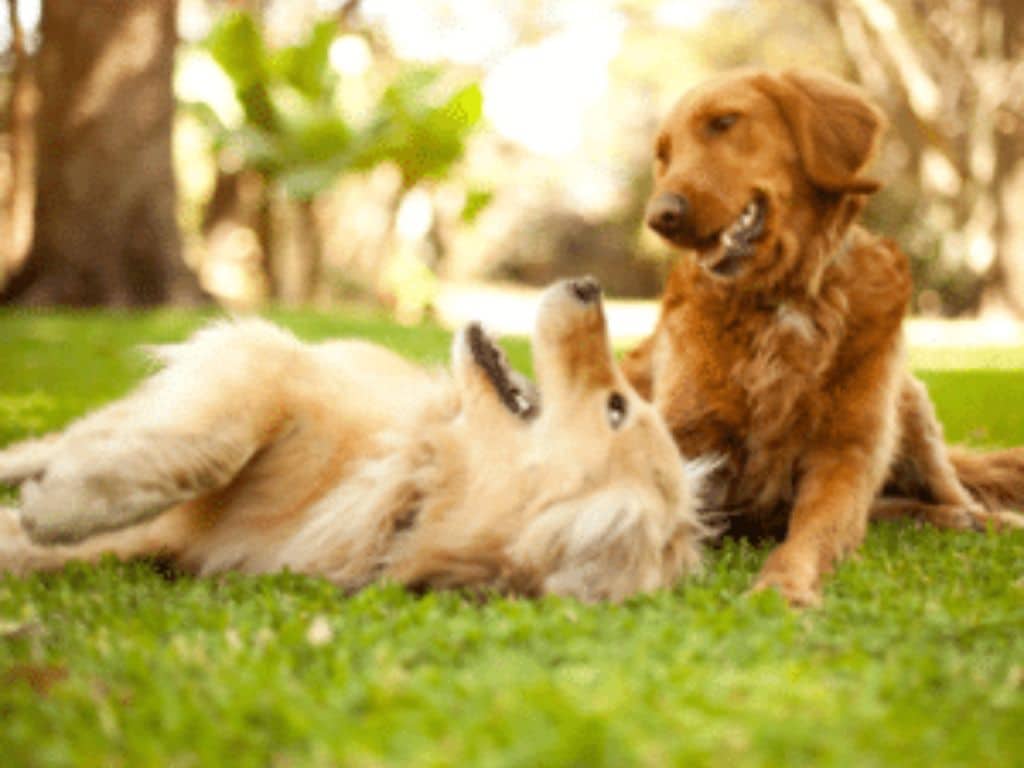Embarking on the journey of dog training in Hamilton is akin to setting sail into uncharted waters. The key to navigating this voyage successfully lies not just in the techniques and commands you employ but fundamentally in the mindset you adopt. This comprehensive guide is dedicated to unveiling seven pivotal mindset shifts that promise to revolutionize your approach to dog training. By embracing these shifts, dog owners grappling with training challenges can witness remarkable transformations in their dogs, leading to not just happy dogs but a harmonious living environment that resonates with joy and understanding.
Unveiling the Power of Mindset in Dog Training
Before we delve into the nuances of dog training in Hamilton techniques, it’s imperative to understand the profound impact your mindset has on the training process. A positive, well-adjusted mindset can significantly influence the outcome, transforming challenges into triumphs.
Shift 1: Embrace Patience Over Frustration
Patience is the cornerstone of effective dog training. Recognizing that progress is measured in steps rather than leaps and that setbacks are integral to the learning curve is crucial. This mindset shift encourages you to celebrate incremental achievements and view obstacles as opportunities for growth and learning. It fosters a nurturing and understanding relationship with your dog, where patience paves the way for trust and mutual respect.
In practical terms, embracing patience means acknowledging that your dog is an individual with its own pace of learning. It involves setting realistic expectations and understanding that consistency and repetition are key. Celebrate the small victories, like your dog sitting on command after several attempts, and understand that each small step is a building block towards your overall training goals.

Shift 2: Lead with Kindness, Not Dominance
The concept of dominance is an outdated notion in the realm of modern dog training. Instead, the focus should be on establishing yourself as a trusted leader. This involves guiding your dog with empathy, establishing clear boundaries, and reinforcing good behaviour through positive reinforcement. This approach not only strengthens your bond but also encourages your dog to willingly follow your lead out of respect and trust, rather than fear or submission.
Being a positive leader means using rewards such as treats, praise, or play to motivate and encourage your dog. It also means communicating clearly and consistently, setting boundaries that are fair and understandable, and being the calm, assertive figure your dog looks to for guidance.

Shift 3: Consistency is Key
Dogs thrive on routine and predictability. Being consistent in your commands, rewards, and daily routines helps your dog understand what is expected of them. This consistency reduces confusion and anxiety, leading to a more confident and happier dog. It is about creating a stable environment where rules and expectations are clear and unwavering, which in turn, makes training more straightforward and effective.
Implementing consistency involves having a regular schedule for feeding, walking, and training sessions. It also means using the same commands and rewards to reinforce desired behaviours. This predictability helps your dog feel secure and makes the learning process easier and more enjoyable for both of you. 
Shift 4: Positive Reinforcement Over Punishment
The transition from punishment to positive reinforcement is a transformative one. Focusing on rewarding your dog for desirable behaviour rather than punishing undesirable actions not only makes dog training more enjoyable but also reinforces the behaviours you want to see, without damaging your relationship. This approach builds a foundation of trust and encourages your dog to repeat those positive behaviours.
Positive reinforcement can take many forms, from verbal praise and physical affection to treats and playtime. The key is to find what motivates your dog and use it to reward them immediately for good behaviour, making the connection between the action and the reward as clear as possible.
Shift 5: Clear Communication is Crucial
Effective communication is the bridge between misunderstanding and clarity in dog training. Ensuring your commands are consistent and your body language matches your verbal cues is essential for clear communication. This clarity helps your dog understand your expectations, leading to better outcomes in training.
To enhance communication, focus on using simple, one-word commands and pair them with clear, consistent gestures. Pay attention to your tone of voice, as dogs are sensitive to the emotional nuances it conveys. Remember, successful communication is about making sure your dog understands what you are asking of them.
Shift 6: Socialisation is Fundamental
Socialisation plays a critical role in developing a well-adjusted, happy dog. Exposing your dog to a variety of environments, people, and other animals in a controlled and positive manner helps them become more adaptable and less fearful. A well-socialised dog is not only happier but also easier to train, as they are less likely to react negatively to new experiences.
Begin socialisation early and continue it throughout your dog’s life. Start with controlled environments and gradually introduce more complex social situations. Remember, positive experiences are key, so always monitor your dog’s comfort level and retreat if they show signs of stress.

Shift 7: Focus on Long-Term Goals
Dog training is a journey, not a destination. Setting long-term goals for your dog’s behaviour and working towards them gradually is essential. This mindset shift encourages you to look beyond immediate challenges and focus on the overall development of your dog, ensuring lasting positive behaviour and happiness.
Setting long-term goals involves identifying the behaviours and skills you want your dog to learn and breaking them down into manageable steps. Celebrate progress, no matter how small, and remain patient and consistent in your training efforts. Remember, the goal is a well-trained, happy dog, and achieving this takes time, effort, and dedication.
Conclusion
Your Path to a Happier, Well-Trained Dog
By embracing these mindset shifts, you are setting the stage for a rewarding dog training experience that yields a happy dog and a harmonious home. Remember, the journey of dog training is as much about developing yourself as it is about training your dog.
Incorporating these mindset shifts into your approach to Hamilton dog training not only addresses the immediate challenges but also fosters a deeper, more meaningful relationship with your dog. It is a journey of mutual growth, understanding, and respect that benefits both you and your canine companion. Start today and witness the transformative power of a positive mindset in dog training.
Ready to embark on a transformative dog training journey? Visit our website for more insights, tips, and guidance. Together, let us help you create the perfect family pet.
- Name: K9 Principles
- Address: Haldimand County, Greater Hamilton Area, Burlington and Most of Norfolk County
- Phone: 289 880-3382
- Email: k9principlesinc@gmail.com
- Website: www.k9principles.ca
FAQs
-
The most crucial mindset shift is moving from frustration to patience. Understanding that progress takes time and that setbacks are part of the learning process is key to building a positive and effective training environment for your dog.



